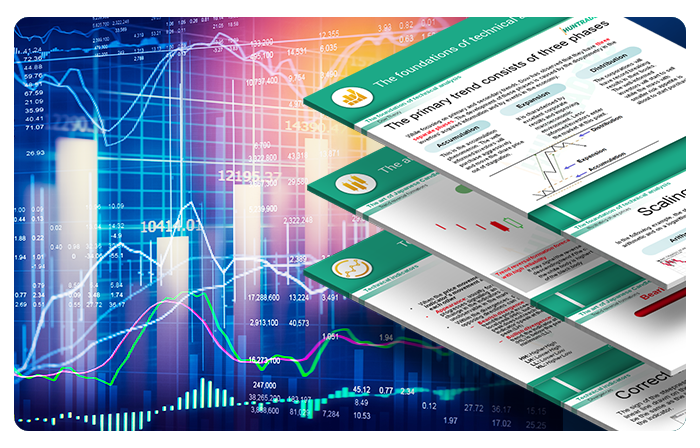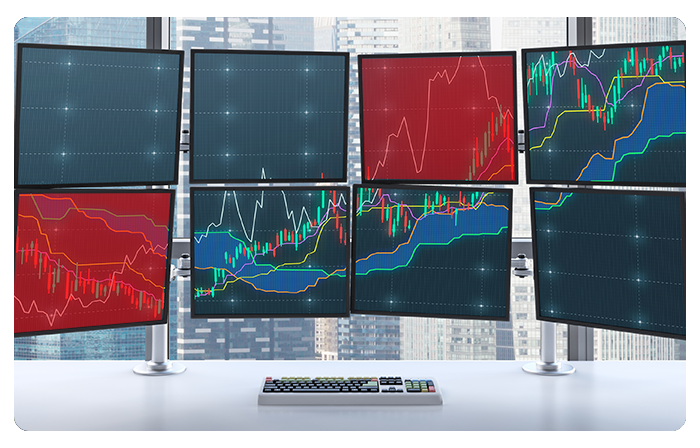Gaps are empty spaces that occur on a stock chart when the price of a security moves sharply higher or lower, with no trades occurring in between. In other words, there is a "gap" in the price movement between the closing price of one day and the opening price of the next day.
Gaps can occur for a variety of reasons, including unexpected news events, changes in market sentiment, or large trades executed outside of regular market hours. They can be used as a technical indicator by traders to help identify potential changes in market trends or to make predictions about future price movements.
It is important to note that while gaps can provide valuable information, they should not be used as the sole basis for making investment decisions. In some cases, the price of a security can "fill the gap" by moving back to the original price level, which can make the gap irrelevant for traders.
In summary, gaps can provide useful information for traders in the stock market, but it is important to use them in conjunction with other indicators and analysis methods to make informed investment decisions.
There are different types of gaps, this lessons describes them with examples and illustrations.

























